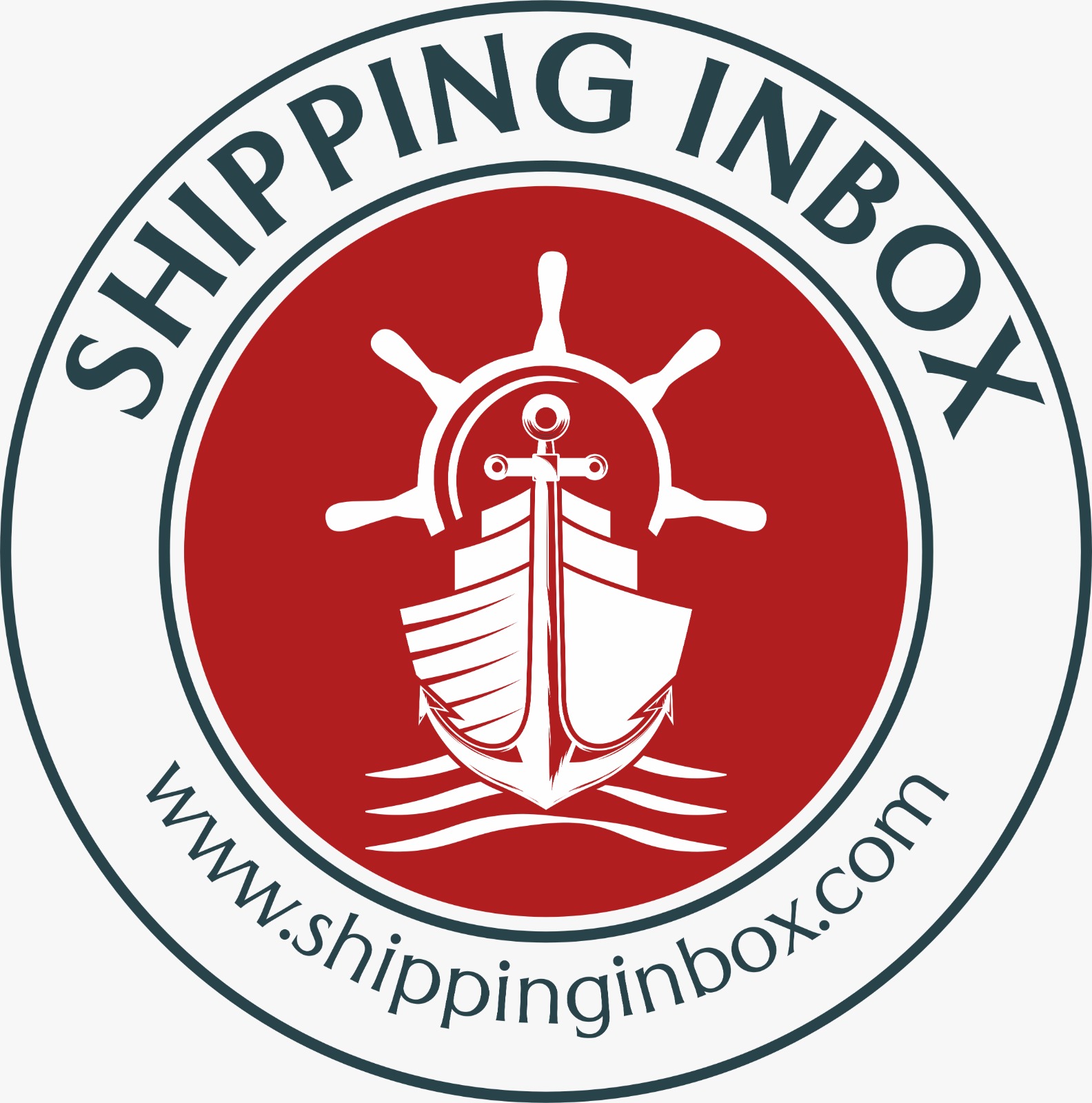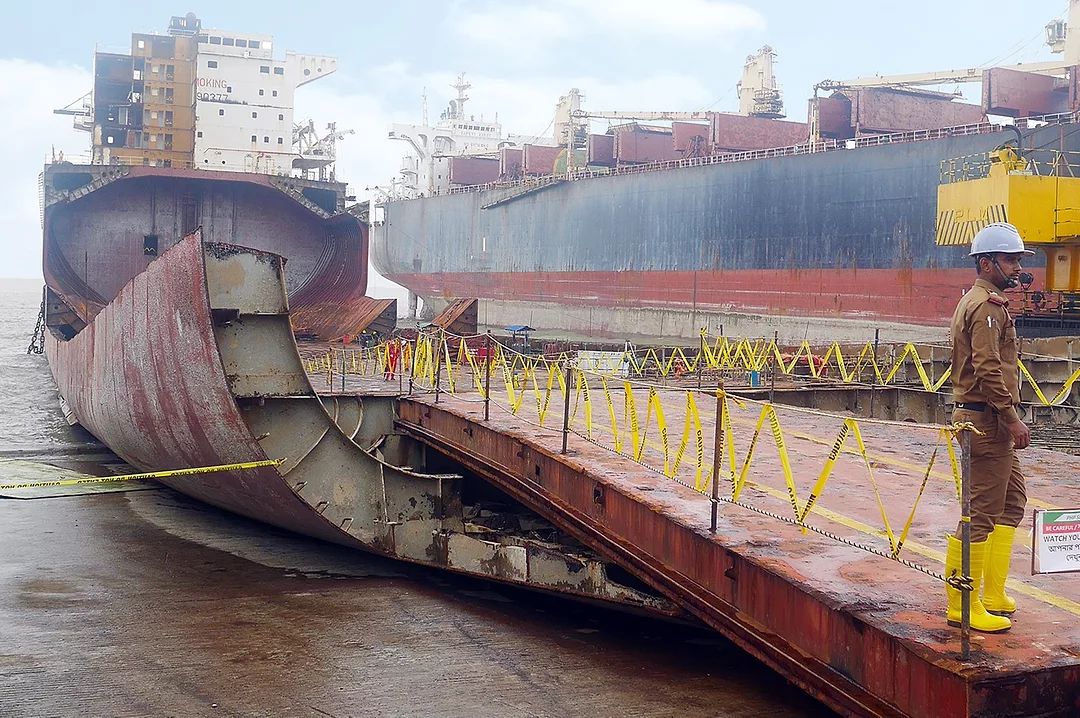Foggy Mishap: A Cautionary Tale for Large Ships
This article details a close call for a cargo ship leaving a harbor. Let’s break down what happened and the key takeaways for safe navigation.

The Incident:
A large, loaded cargo ship was leaving port under the guidance of a pilot. The weather was clear with moderate visibility, and a tugboat was assisting the ship until it passed the breakwaters (barriers protecting the harbor from strong waves). Once clear of the breakwaters, the tug detached and went on its way.
Shortly after the tug left, things took a turn for the worse. Thick fog rolled in, reducing visibility to a mere 200 meters (about 650 feet). At the time, the ship was traveling at a speed of six knots (roughly seven miles per hour).
Loss of Control in the Fog:
Faced with the unexpected fog, the pilot attempted to steer the ship further out to sea by making a 44-degree turn to the left (port side). Unfortunately, the ship turned more sharply than intended. The pilot realized the mistake and tried to correct course by turning right (starboard side), but it was too late.
Running Aground:
Just four minutes after the initial turn began, the heavily loaded ship ran aground outside the designated shipping channel marked by buoys. The crew’s attempts to use the ship’s engines to free themselves were unsuccessful. They needed help from salvage tugs, specialized vessels designed to assist ships in distress.
The Cause: Lack of Planning and Overreliance on Sight
An investigation into the incident revealed some crucial shortcomings. The ship lacked a complete voyage plan for exiting the harbor. This plan should have included details like specific courses to follow, safe distances from hazards, and the desired rate of turn for maneuvers.
Even more concerning, the pilot relied heavily on visual cues to navigate. This is a risky strategy, especially when visibility can change rapidly, as demonstrated by the sudden fog bank. Without good visibility, the pilot and crew couldn’t accurately track the ship’s progress during the turn.
Lessons Learned:
This incident highlights several important safety principles for large ship navigation:
- Shared Plans, Shared Safety: A clear, documented plan that everyone on the bridge (the command center) understands is essential. In this case, the plan existed only in the pilot’s head, which is a recipe for confusion and mistakes.
- Captain’s Responsibility: Even with a pilot on board, the captain is ultimately responsible for the ship’s safety. The captain should ensure that planned courses are recorded on charts or electronic navigation systems, and that junior officers are actively monitoring the ship’s progress.
- Sight Isn’t Always Reliable: Fog, darkness, and other factors can severely limit visibility. Navigation solely based on sight is dangerous. Radar and electronic chart display and information systems (ECDIS) are crucial tools for safe navigation, especially in low-visibility conditions.
- Slow Down in Doubt: When faced with reduced visibility, slowing down is a wise precaution. While six knots might seem slow, it’s not if you don’t have a clear picture of your surroundings. In this case, reducing speed to four knots would have given the crew more time to react to the changing situation.
The Bottom Line:
This incident serves as a stark reminder of the importance of careful planning, clear communication, and using all available technology for safe navigation. By following these principles, large ship crews can avoid similar mishaps and ensure the safety of themselves, their cargo, and the environment.
Disclaimer:
Hey there! Just a heads-up: the stuff you find on this website is meant for general info only. We try our best to keep it accurate and up-to-date, but we can’t guarantee it’s always perfect. We’re not making any promises about how complete, accurate, reliable, suitable, or available the info, products, or services on here are for your needs.
So, if you decide to rely on any of this info, just know it’s at your own risk. We’re not responsible for any losses or damages that might happen because of using this website, whether it’s indirect, consequential, or anything else. That includes things like losing data or profits. Thanks for understanding!
Author: shipping inbox
shipping and maritime related web portal








